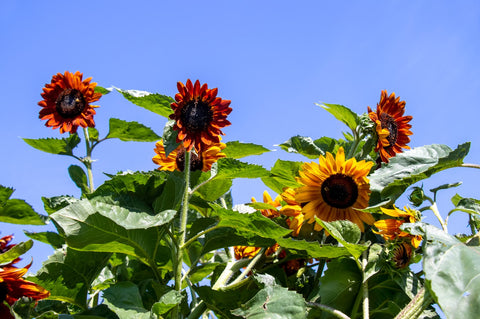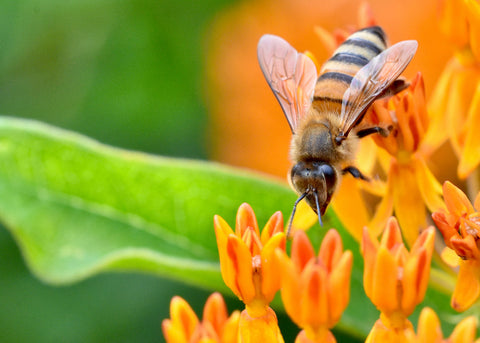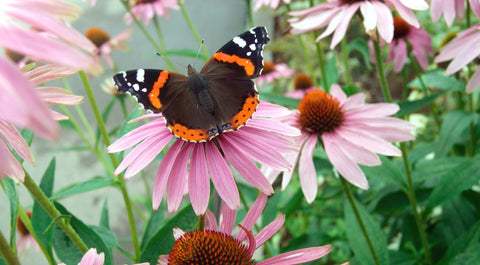People usually feel one of two ways about dandelions. They’re an annoying weed that needs eradication, or cute pop of color to keep around for the bees. Where do you stand on the issue? In this article, gardening expert Danielle Sherwood examines the debate about dandelions and gives you the facts so you can decide for yourself.The following content also has some reference value for raised garden beds.
An oft-repeated quote (author unknown) poses the question: When you see a field of dandelions, do you see a field of weeds or wishes? Whether thought of as a childhood favorite or the bane of suburban lawns, dandelions are the subject of much passionate debate.

Common dandelions (Taraxacum officinale), thought to originate in Europe, have become naturalized all over the world. These perennial flowers wake up in early spring and can live for up to 13 years. A single plant can produce thousands of seeds, with the ability to disperse 60+ miles away.
Originally brought to North America as a medicinal and nutritious edible herb, the common dandelion was purposely cultivated by early settlers as a food source. Named Dent de Lion (lion’s tooth) in French for the serrated leaves, the common dandelion also earned the nickname pissenlit (pee in the bed) for its rumored diuretic qualities.
But common dandelions are not the only species in the Taraxacum genus. There are likely thousands of Taraxacum species native to North America and Eurasia, all of which have similar properties. In fact, there’s an entire science devoted to their study – taraxacology!
So how did this cheerful yellow flower become so hated? In the 16th century, the nobility of England and France began cultivating lawns (though they were not always made of grass). Because only the rich could afford to make room for unproductive land, lawns became a status symbol. A short expanse of green around the home became a symbol of wealth that only those with leisure time could maintain.

After the trend reached the United States post-Civil War, it was a slow trend to take hold but eventually became a status symbol. Particularly in the post-depression 1940s and 1950s when it was part of the “perfect home” view portrayed in early television. During that period and into the 1960s, some chemical companies took on the task of encouraging Americans to keep anything but grass out of their lawns using lab-derived herbicidal methods. Dandelions, as the most persistent wildflower, eventually came to symbolize neglect, laziness, and even poverty.
If you despise dandelions, take the time to examine why. Is it because you find the yellow blooms ugly? Is it because years of cultural conditioning tell you that maintaining a manicured lawn is a sign of being a responsible citizen? In this article, we’ll look at the costs of fighting dandelions and whether or not it’s a war worth waging.
The Quick Answer
Many dandelion species are native to the United States, and the common dandelion is now naturalized in all 50 states. So the real question is whether or not the cost of fighting their presence in lawns is worth it.
The average American homeowner spends around $500 annually on lawn care, with national expenditures in the millions. Lawns use 30% of our limited water supply to maintain. On average, Americans with lawns spend 70 hours per year on upkeep. Lawns are a mono-crop with little ecological value other than as a ground cover.
Dandelions are food for pollinators, highly nutritious to humans, and good soil conditioners. Their deep taproots can reduce erosion, with some species growing taproots as deep as six feet underground. Dandelion leaves are consumed as green vegetables. Their flowers are used to make dandelion wine, and their roots can be roasted and ground as a coffee substitute. They are food for many moth species and other pollinators as well.
As so many species are native or naturalized in the United States, it’s impossible to eliminate dandelions completely. Even with herbicide use. Perpetuating the culture of pristine lawns in the style of French nobility may not be worth the price we’d pay to do it.
Advice for Dandelion Management
You may feel pressured to keep a sterile and manicured lawn for fear of angering the neighbors or the HOA. After all, not everyone will see the “clocks” or seedheads of dandelions with the same delight as we all did as children. And you may want a cushion of nothing but grass because you like it – and that’s absolutely fine! You don’t have to let dandelions take over your lawn.
Final Thoughts
It’s time to re-evaluate our feelings about dandelions. They are a beneficial food source for wildlife and pollinators and a potential ally against erosion. They teach us about our soil makeup and appear where soil disturbance has occurred. Meanwhile, we agonize while trying to eradicate them in the name of perfect lawns (comprised of non-native grasses) that serve no purpose other than maintaining the status quo.









